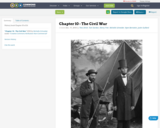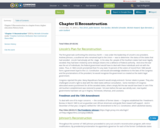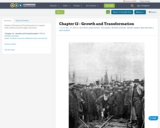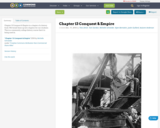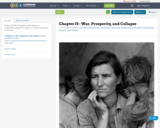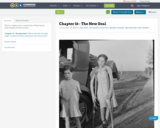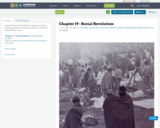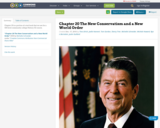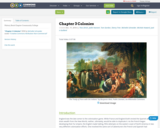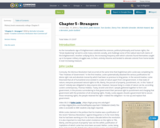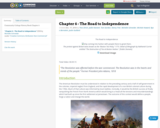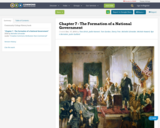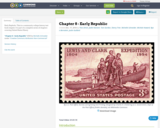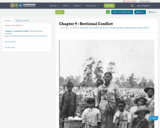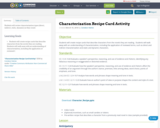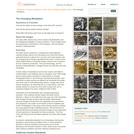
The 20th century ushered in a change from handcrafting to machine tooling. Henry Ford introduced one of the first moving assembly lines as a way to turn out more cars more quickly, and the emerging auto industry popularized this mode. A photo of the Doble Steam Motors Corporation factory shows a line of workers and car chassis in production. This new technology, and the spread of industrialization, changed forever the way that work was completed. A wide variety of industries all across the country converted to mechanization, and California was no exception. One 1929 image shows young women working in a towel factory in Orange. Photographs taken in San Francisco illustrate that workers used machines to make products as different as Ghirardelli Chocolate and music rolls for automated player pianos. Images also show women working on an assembly line in a soap factory, and men sewing clothes in a shop (at a time when a good suit, cut on machines instead of by hand, retailed for $40 to $50). Automation and mechanization also changed agricultural practices. The combined traction steam harvester built by Stockton J. Barry on his California ranch was one of the machines that changed the way produce was harvested. Mechanized canning changed the way fruit and vegetables were processed and preserved, and made out-of-season produce available year round. Photographs in this group show cannery workers at tables, and cans going through a labeling machine. The introduction of mechanized food processing eventually brought a new awareness of the importance of standards for foods production. The Pure Food and Drug Act and the Meat Inspection Act were both passed in 1906. As workers nationwide adjusted to an increasingly mechanized workplace, good working conditions took on new importance. Workers in several industries formed unions (such as the Berryessa Fruit Growers formed in 1920, shown here) to promote safer working conditions and limit maximum working hours.
- Subject:
- History
- U.S. History
- Material Type:
- Diagram/Illustration
- Lesson Plan
- Primary Source
- Reading
- Teaching/Learning Strategy
- Provider:
- University of California
- Provider Set:
- Calisphere - California Digital Library
- Date Added:
- 04/25/2013
